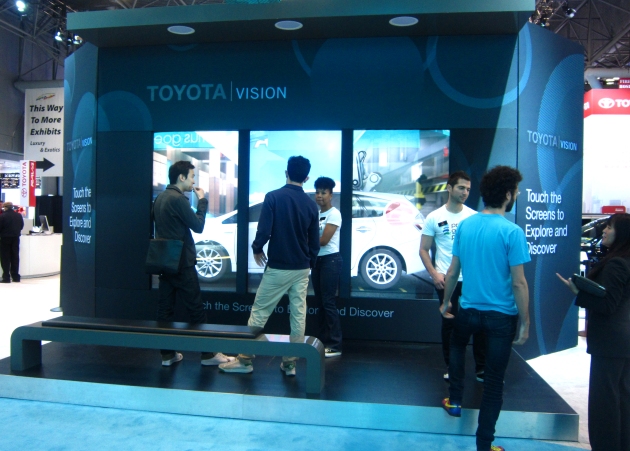3 Ultimate Goals for Any Digital Merchandising Project
May 31, 2012 Leave a comment
 Looking to implement a digital merchandising initiative? Because each project is different you need to clearly define what you expect to gain before you begin. To give you a little help, we have taken a look at the dozens of projects we have been involved with over the years and came up with the 3 ultimate goals for any digital merchandising initiative:
Looking to implement a digital merchandising initiative? Because each project is different you need to clearly define what you expect to gain before you begin. To give you a little help, we have taken a look at the dozens of projects we have been involved with over the years and came up with the 3 ultimate goals for any digital merchandising initiative:
Increase Sales
Digital merchandising is leveraging the power of digital endpoints to merchandise your products– this means presenting your products for sale! The unit shouldn’t just look pretty – it should add value to your business. Any digital merchandising initiative should increase product sales. With digital merchandising you should expect a worthwhile return, and the ROI needs to justify the overall project cost.
Increase Brand Visibility
Digital merchandising initiatives employ technology to promote you and your brand as the hero in-store. Units show your brand’s colors, slogans, and relevant content. They give you another touch point to meet your consumers and make your brand known. Merchandising your product with a digital screen or kiosk unit can get you premier positioning in-store. Store personnel often want to place displays of this kind on end-caps or other areas that are easily accessible to customers. In this way, your brand can easily become the face of a particular in-store category.
Educate & Inform Customers of Product Information
Digital merchandising is a useful tool to educate and inform customers about a new product. When an entirely new product is introduced, consumers have no idea how to use it, what it’s for, or how it can make their lives better. Marketers bring useful and necessary information like product features and practical benefits to consumers through digital merchandising programs.
Typically, you would rely on a knowledgeable sales person to explain new or complex sets of product features, but in today’s marketplace, store personnel of that caliber are hard to find and often unreliable. Digital merchandising units can be implemented to fill the consumer’s need for information about complex products in-store. In the long run, having a product expert on hand (a digital merchandising unit) will persuade the retailer to have your product in-stock and may even eliminate another providers product from their offerings.
Before you get started, think your project through. Use the list above as a starting point.

